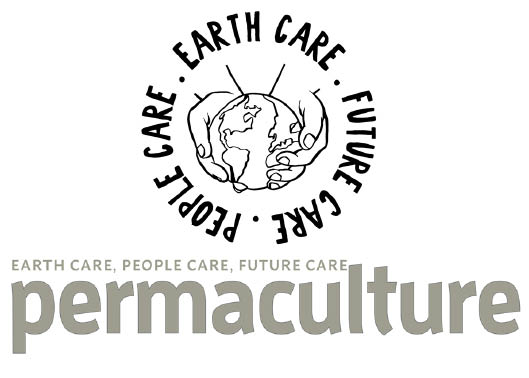Some of our toilets are composting and complete the whole process from use to compost within the container (such as the WooWoo GT and GT LUX). Others are compost toilets and require the composting to take place away from the toilet (such as the Separett Tiny and Villa, the Air Head and the Kazuba).

Our in-house compost toilet guru Martin, will help explain the composting process
Composting is a completely natural process, involving many types of naturally-occuring bacteria, fungi, earthworms and other macro-organisms. They convert the organic raw materials into a nutrient-rich, sweet-smelling, humus soil or compost.
A key concept with composting is to understand that it’s part of nature’s great nutrient recycling scheme and has been going on for literally millions of years. Left long enough, anything that was once living, will compost and add nutrients and structure back to the soil. It’s one of the fundamental cycles of life that make our Earth habitable and regenerative.
With the right conditions and balance of ‘ingredients’, composting human outputs will happen fairly quickly (around 12 months), won’t smell during the process, and will create a safe, sweet-smelling compost that you can use in your garden/grounds around trees and shrubs.
If you’re interested in finding out more about composting, there are plenty of great resources online, plus we have a great blog post that goes into more detail. This is just an introduction and overview to get you started, so we won’t go into too much detail.
Whilst some of the toilets we sell actually do the composting within the toilet (such as the WooWoo GT), others need the contents transferred to a separate compost bin. Here, we talk about waterless toilets where the composting is done outside or away from the toilet.
To make the best compost, in the quickest time, you need four ingredients – some nitrogen rich stuff, some carbon rich stuff, some air and some moisture.
Whilst there is an ‘ideal’ ratio of carbon to nitrogen materials , unless you are dedicated to making the perfect compost in the shortest time, don’t worry too much about it. Remember that composting will happen over time without your help!
Let’s look at each ingredient in more detail…
Both faeces and urine contain nitrogen, so you won’t be short of that!
With urine-diverting toilets like the Air Head, Separett Tiny and Villa, the urine is usually led away to a soak-away pit or other discharge point for convenience, so the toilet is mainly capturing faeces which results in a lower overall volume of matter to deal with.
There are loads of carbon sources you can choose from. The right one depends on what you might already have available or what works for you. You don’t have to stick to just one – mix things up according to what’s available throughout the year.
Air is a key part of composting as it keeps the process aerobic. If air is excluded (perhaps because things are packed too tight, or are too wet), then a different set of bacteria can take hold and the process goes anaerobic, which can be smelly and slow, releasing methane (a potent greenhouse gas).
Usually air will be trapped because of the irregular nature of your carbon materials. If you suspect there’s not enough air in your compost pile/bin, you can mix it or turn it.
Without moisture, the composting process can slow down and ultimately stall. The heat that might be generated will also cause evaporation, so periodically check whether your compost bin/pile is too dry and add water if needed (or pour some urine onto it).
Conversely, too much water can force the air out of all the gaps and turn the process anaerobic. To counteract this, ensure your compost bin/heap has good drainage.
Here’s a bit more detail about the carbon sources that you might want to use.
Deep holes in the ground are the basis of traditional long drop toilets. The trouble is that drainage deep down is often a problem which together with the lack of oxygen, means that the process with often turns anaerobic.
This is a problem because anaerobic composting is very odourous and results in high greenhouse gas emissions, compared to other methods.
There is also a higher risk of ground water pollution, so it’s best to compost above ground in dedicated compost piles or bins.
This is a contentious question! In essence yes you can, although there are some considerations.
If the composting process was thorough and was given enough time (at least 12 months unless you are using an accelerated method such as hot composting), then the compost will be safe to use (in tropical countries, the UN guidelines suggest composting for 24 months to ensure intestinal parasites are eliminated).
If it’s your own family that has used the compost toilet, and they are generally in good health, then you should have no safety concerns about using or handling the compost (always wash your hands, as you would with handling ANY compost).
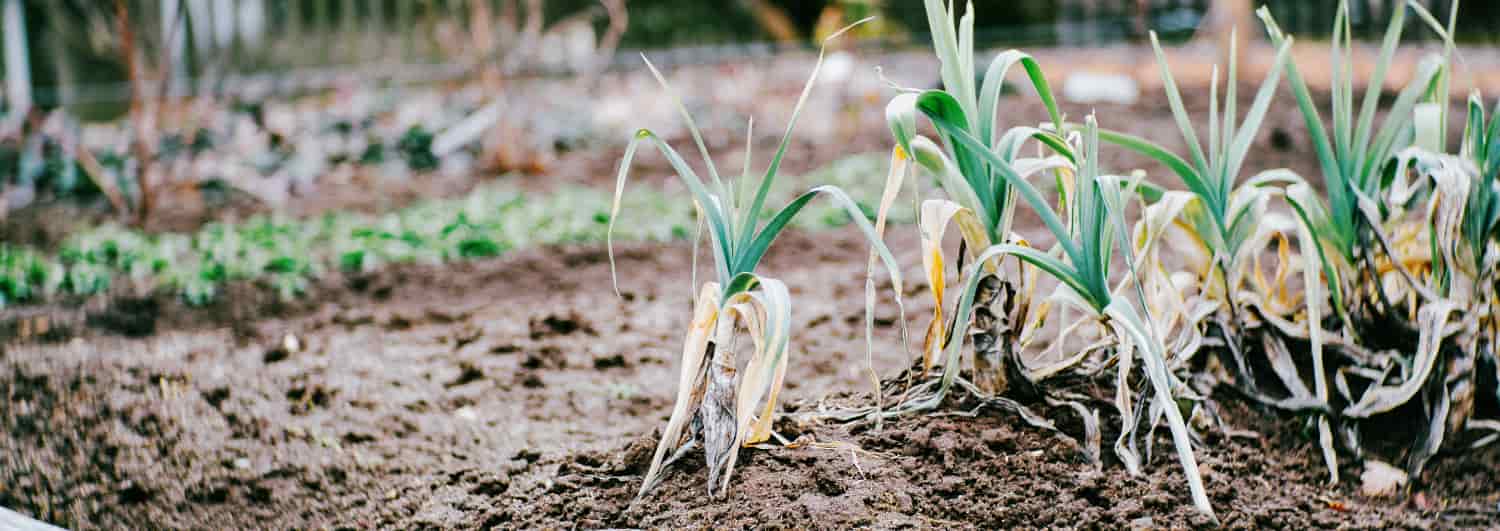
If the toilet has been used by the public or unknown persons, then you should adopt a precautionary approach and should consider using the compost as a mulch around trees and shrubs, rather than on vegetable crops.
You cannot grow crops for sale using compost from compost toilets unless you have the compost safety tested first. Farmers get ‘treated sewage sludge’ as fertiliser from sewage treatment plants – this will have undergone heat treatment to kill off any pathogens, however, there are still concerns about heavy metals and other toxic contaminants that make it through the process (due to mainstream sewage being made up of household and industrial waste).
The composting process, as mentioned earlier, is a natural process that uses bacteria, fungi and macroorganisms to break down and convert/transpose the original substances, rendering them safe. The process, given time, has been shown to eliminate disease pathogens and all but the strongest of medicines.
More research has recently been published which demonstrates the efficiency and safety of composting human excrement and creating a valuable, nutrient-rich resource.
For more information on the science and safety data behind composting ‘humanure’, check out the Humanure Handbook by Joe Jenkins.
Owners of the WooWoo GT composting toilet will be able to let the composting process happen within the container – all that’s needed is to set the full container to one side and leave it for enough time. The contents can then be emptied and left for a further 6-12 months to mature.
For people who have compost toilets (as opposed to composting), such as the Separett Tiny, Separett Villa, and the Air Head, you’ll need to use external composting bin(s)…
The best method of composting for you will depend on how much raw material you are having to deal with. For most people, we recommend having a couple of plastic or metal (rat proof) compost bins which are used on an annual rotation. If you use plastic bins, put some ‘weld mesh’ down on the ground to discourage rats from entering the compost bin from below.
Year one – fill the first bin by adding the solids from the toilet, together with an equivalent amount of carbon material (see above). The second bin remains empty and unused.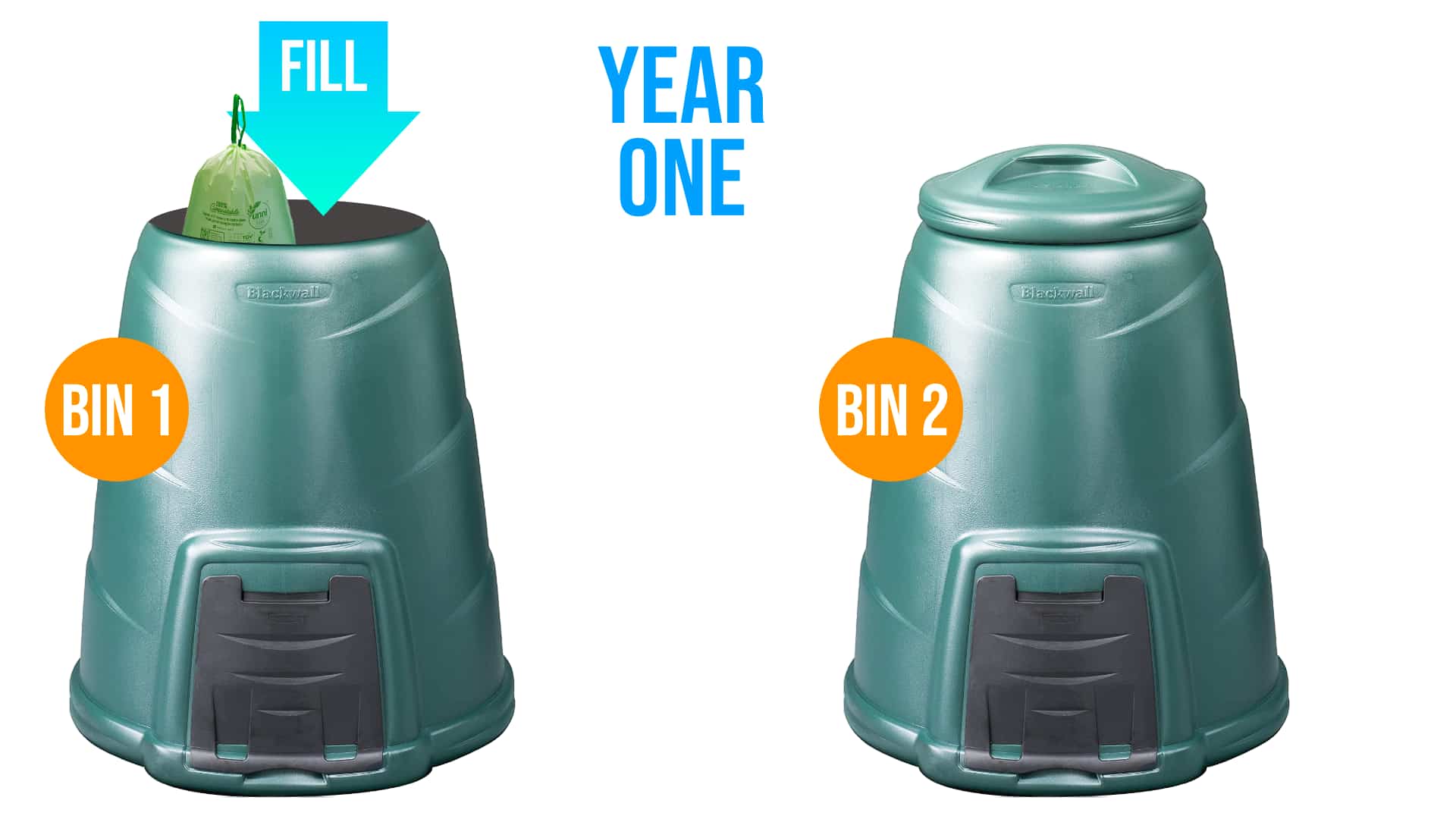
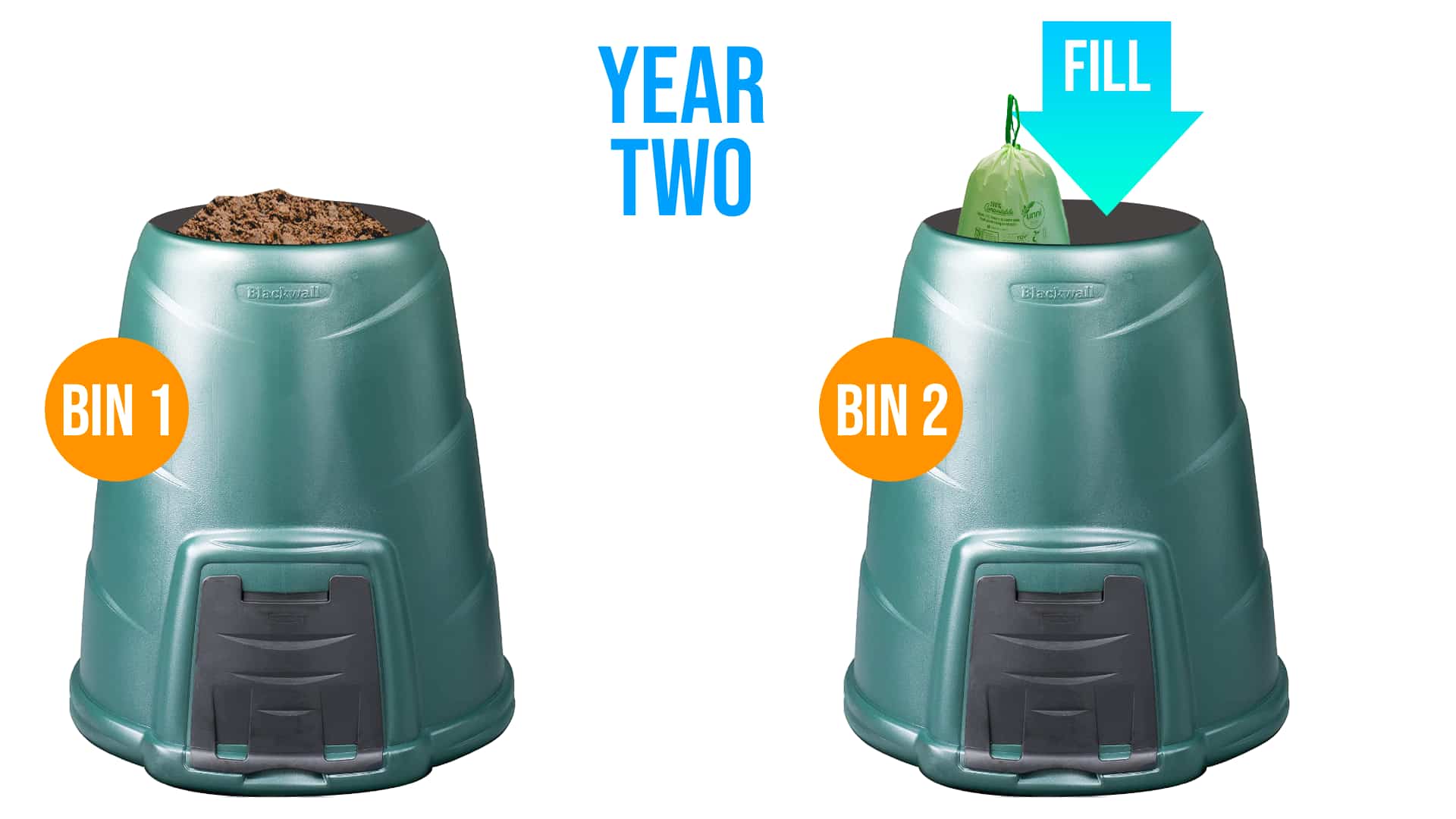
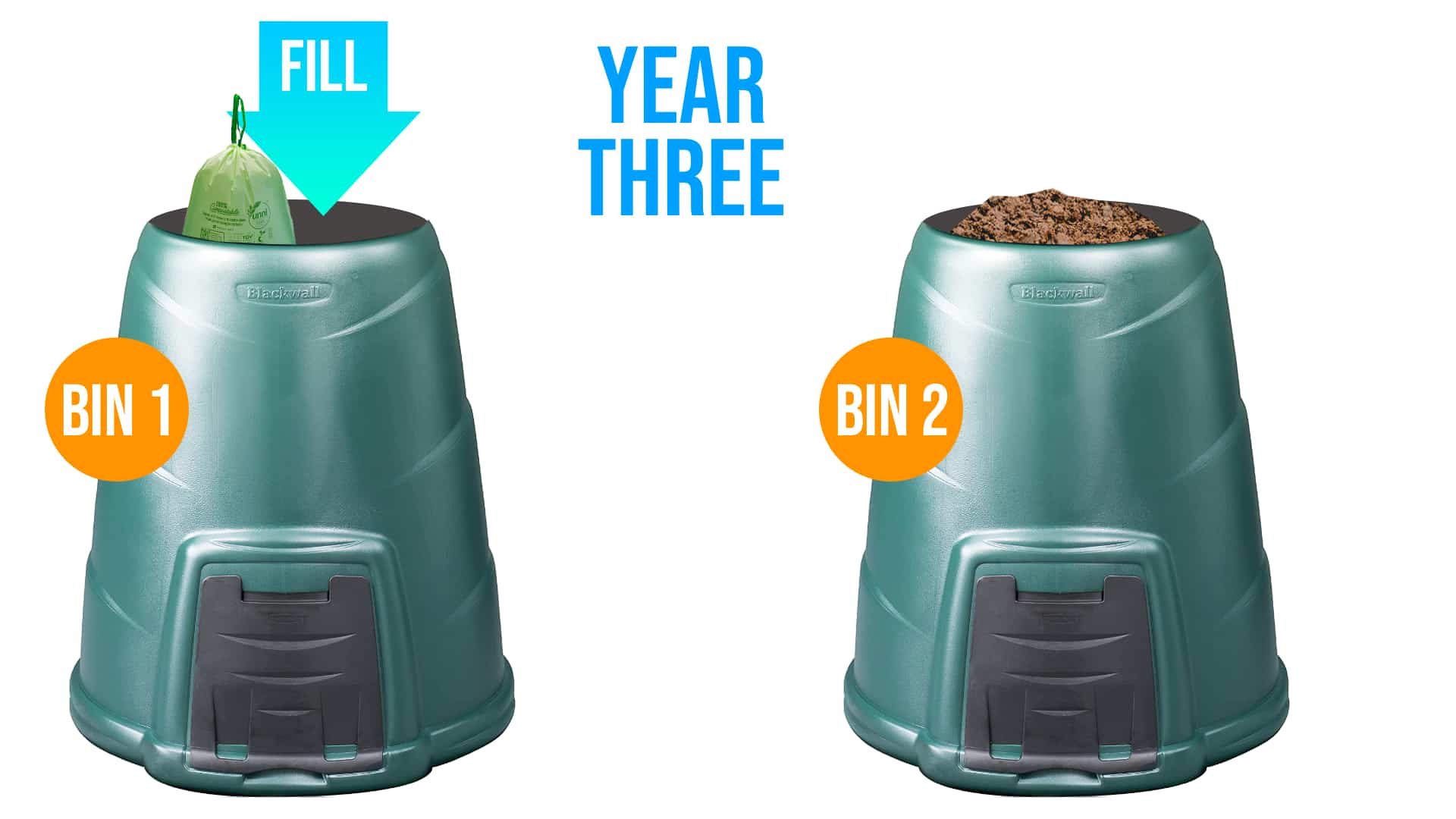
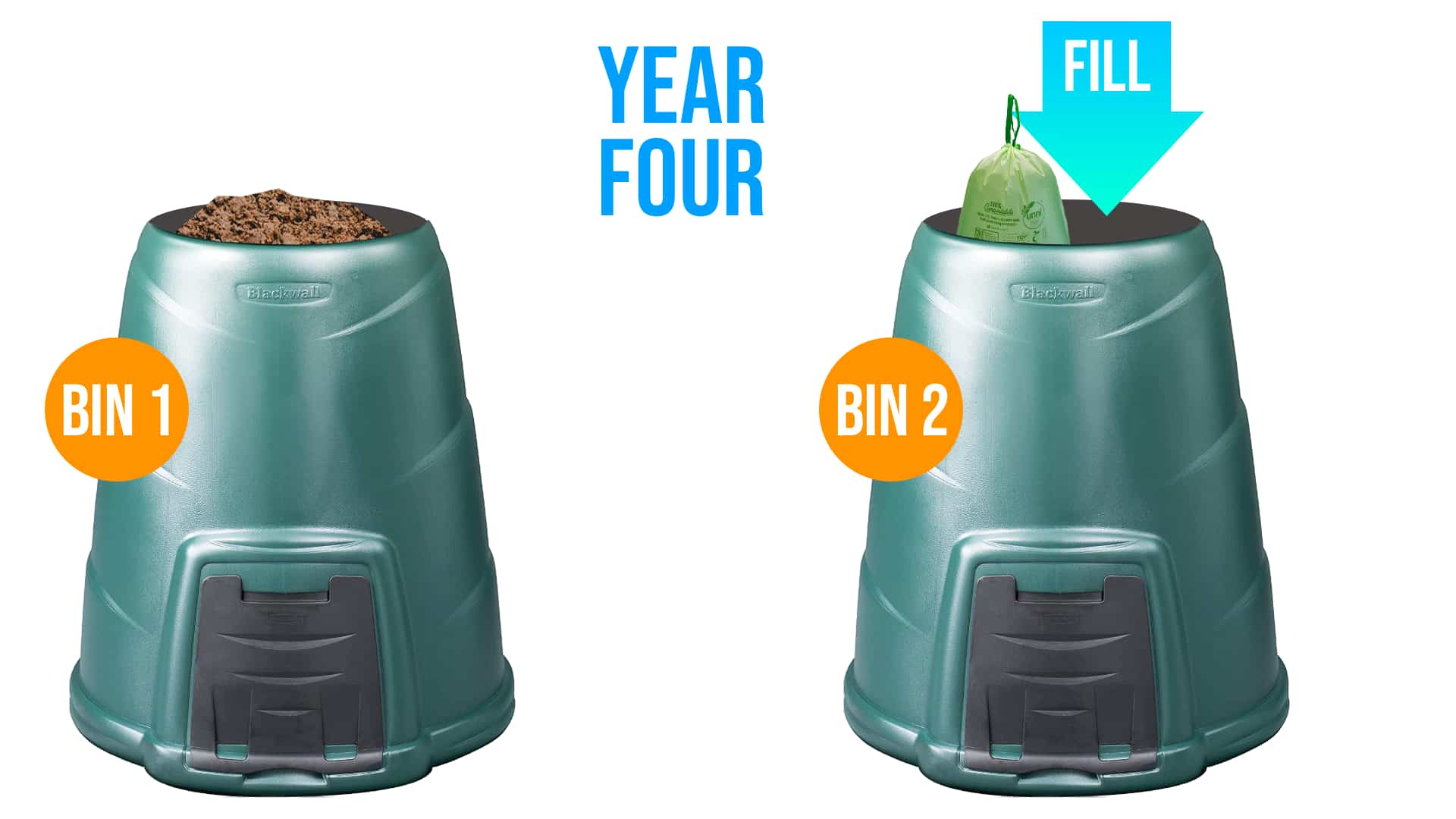
Faeces is around 80% water, so the volume of your compost bin will decrease substantially over time as composting takes place and the water is consumed/evaporated by the composting process. In addition, as the material is transposed through composting, the volume will naturally decrease. It’s usual for the overall compost volume to reduce to around one-third of the original amount.
Compost bins come in a variety of sizes – for domestic installations, a couple of 220 litre compost bins (or thereabouts) should be fine – it’s unlikely you’ll fill them with the contents of your compost toilet!
For higher-use situations, you’ll need larger and/or more compost bins. 400 litre or higher capacity bins are available from various suppliers.
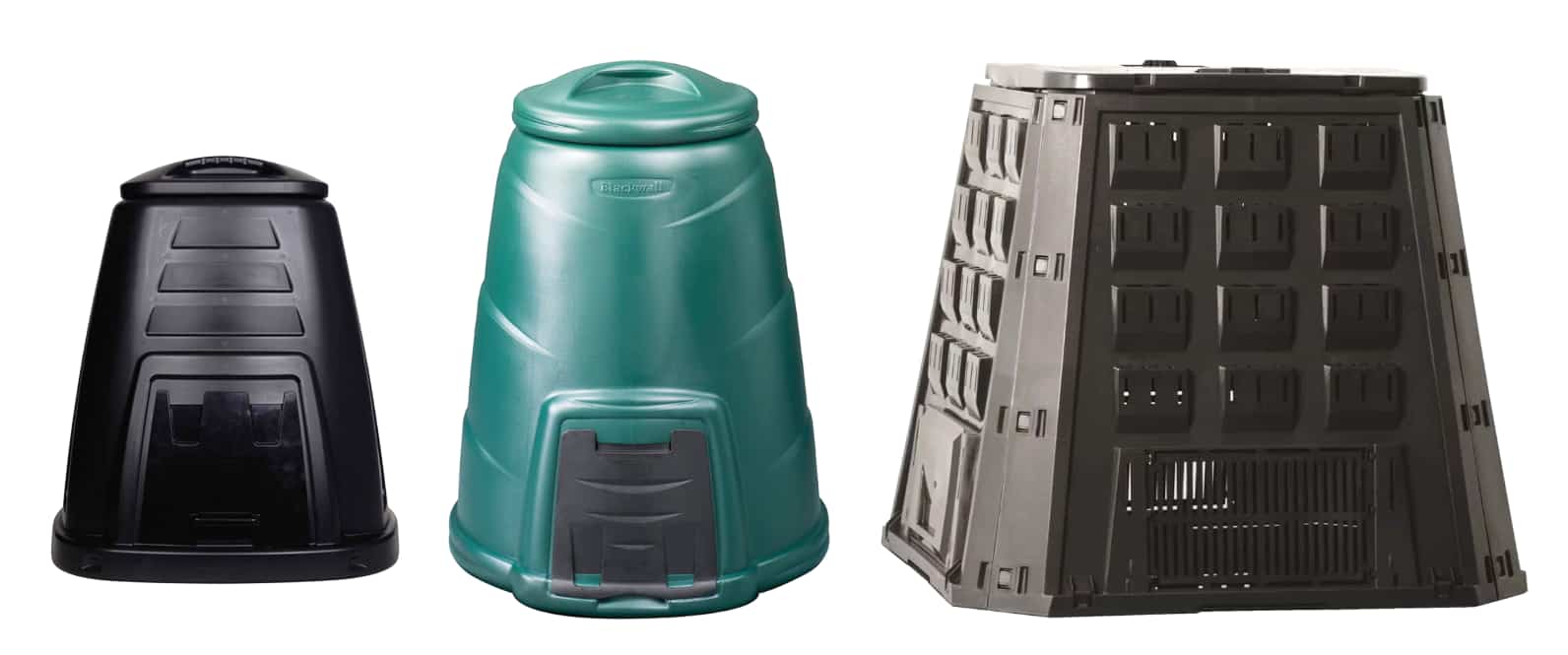
You can get compost ‘tumblers’ and ‘hot’ compost bins. These accelerate the composting process by either increasing the aeration (with the tumbling models) or retaining heat which makes the bacteria work faster and harder (with the HotBin products). Both these approaches will work well with humanure composting, but do require more interaction and monitoring from you.
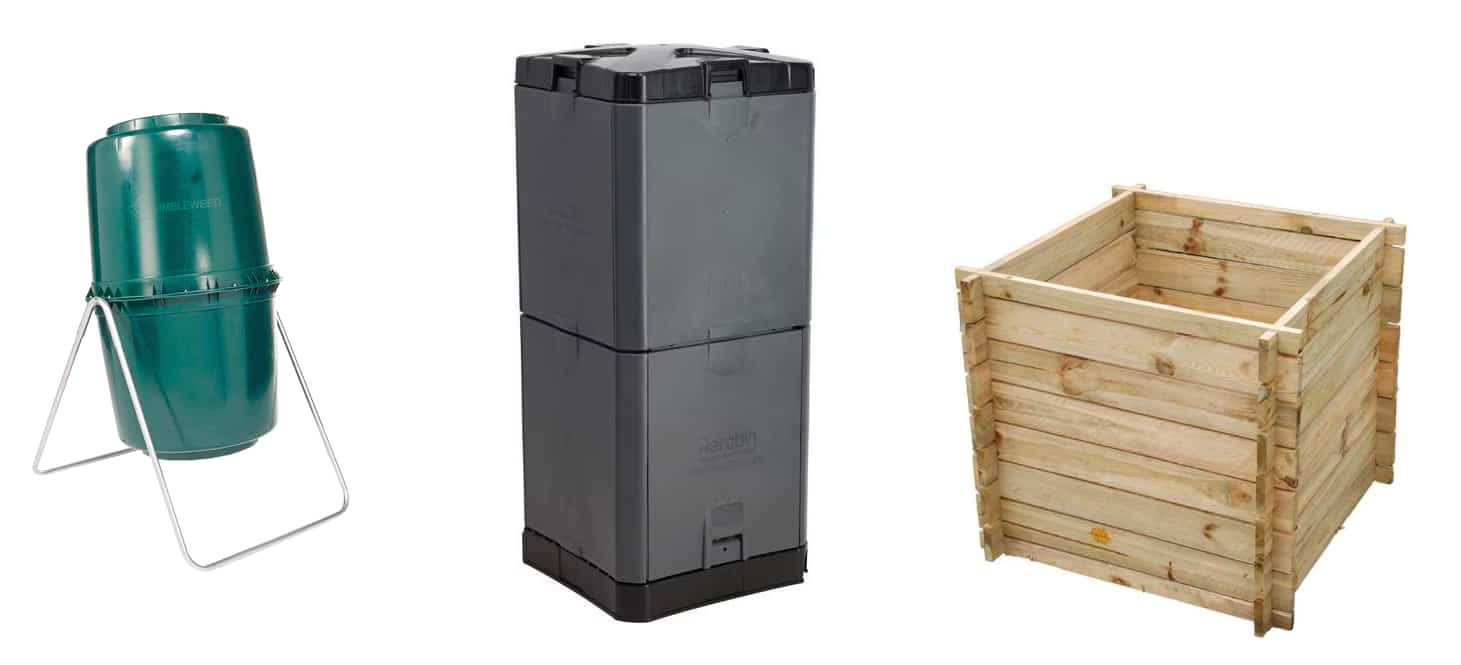
For commercial sites that are handling a much larger quantity of materials, you should ensure that the composting area is not accessible to the public. Higher capacity, rapid composting solutions, as well as more durable metal composting bins are available from UK companies such as Ridan.
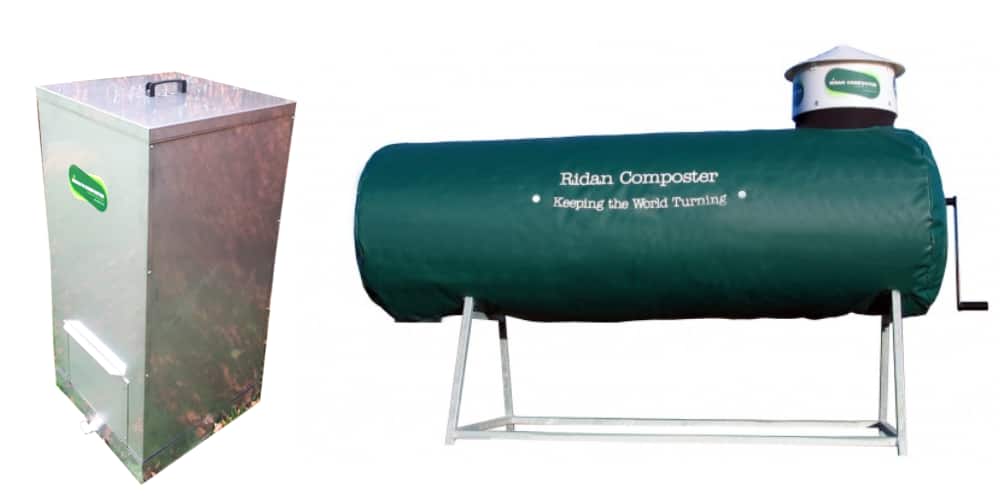
Both the Separett Villa and Separett Tiny suggest the use of biodegradable liners to keep the solids container clean. The genuine Separett liners are completely biodegradable and compostable, so you can add them to your compost bin. However, they will take longer to compost as initially the bag needs to break down before the contents are exposed.
If you’re comfortable doing so, emptying the contents of the bag (but not the bag) into the compost bin or breaking the bag open when it’s in the compost bin, will get the contents composting faster. But if that’s not for you, then it will eventually all compost down. If you find any remnants of the bag in the completed compost, just place them back in the compost pile to go through the process again.
So there you have it! A few ideas to help get you started on safely composting and ‘closing the loop’ – creating a natural fertiliser for your garden or grounds!
We also have an interesting article on our blog which looks more into the science of composting – check it out!
Not sure which toilet is right for you, need a quote or want to know a little more information?
Help us advise you by telling us a little about your situation - or even better, give us a call to discuss options!
Alternatively, you can write us an email at:
or give us a call on:
Sign up to our newsletter to receive WooWoo news and offers
Like us on Facebook
Suppliers










